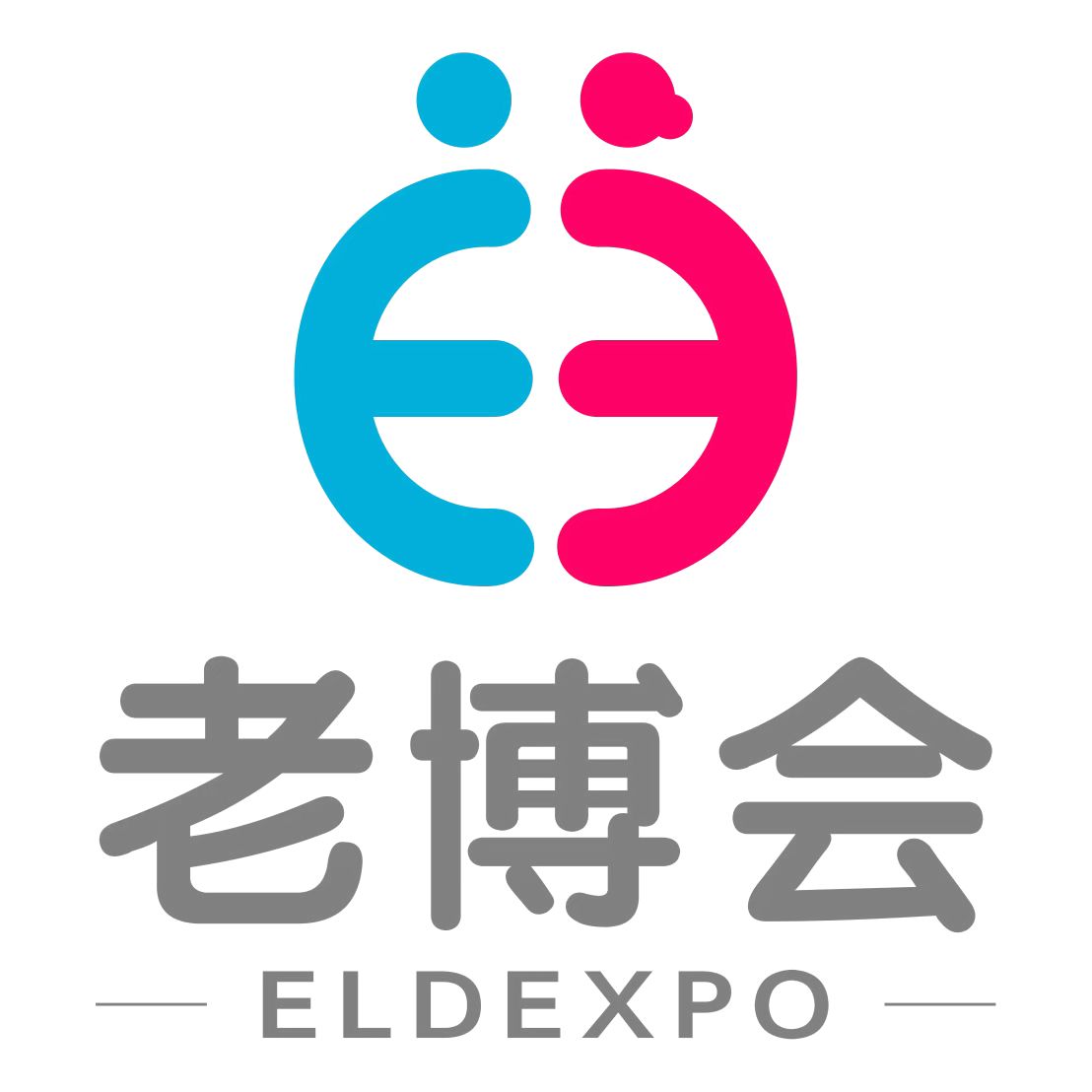With the gradual expansion of the silver economy, consumer formats in segmented fields such as elderly culture and tourism, catering, etc. are becoming increasingly diverse. Recently, a consumption model of "gathering for a hundred yuan a day" has emerged in the social circles of elderly people in Jiangsu, Shanghai and other places. For about 100 yuan per person, you can have two main meals, and it also comes with one-stop entertainment activities, creating a new consumption scene for the elderly to gather together. Let's go take a look together.
At 10 o'clock in the morning, walking into the restaurant called "One Day Gathering Club" in Suzhou, there were already many customers sitting around the lobby table. Unlike some shops that focus on young people's businesses, this one specializes in providing services for gatherings of the elderly.
As soon as lunchtime arrived, the reporter roughly estimated that over a hundred elderly people were dining here at the same time. Booking in the form of group meals, the per capita consumption of this restaurant is basically limited to around 100 yuan, including two meals of Chinese and dinner, each with 18 dishes.
After lunch, these uncles and aunties sang loudly in the KTV of the store, and could sing, chat, and drink tea here all afternoon.
The main model of this restaurant, which opened in the second half of last year, is "100 yuan gathering for one day". The restaurant owner told reporters that he wants to open a restaurant that meets the consumption needs of the elderly because he is optimistic about the silver economy. Seeing that the elderly around me like to go to nearby farmhouses for consumption, I thought about bringing this model to the city.
General catering enterprises pursue a "table flipping rate" and do not provide a slow paced, long-term dining environment for the elderly. And this store has undergone aging friendly transformation on traditional catering, entertainment and other service models. Since its opening, the business of this store has been booming, giving the store owner more confidence in providing better consumer service experiences for the elderly.
Targeting demand and innovating services for the silver haired economy has great potential
Experts point out that currently, the population aged 60 and above in China has exceeded 300 million, and the improvement of quality of life and the updating of concepts have created new demands for more consumption formats and scenarios among the elderly. There is great potential for the development of the silver economy.
The reason why "One Day Gathering" quickly became a popular choice for "energetic elderly" at a price of 100 yuan per person, providing 24/7 services such as two meals, entertainment, and socializing for the elderly is not accidental, but essentially a precise capture of the needs of the elderly population. Its highlight lies in breaking away from the traditional "survival guarantee" logic of elderly care services and shifting towards meeting the high-level needs of the elderly for social, entertainment, and self realization. For example, store locations along subway lines can lower travel barriers; Package based catering and free KTV and chess rooms not only save costs but also cater to the consumption psychology of elderly people who prioritize cost-effectiveness; And spontaneously organized anti fraud lectures, student associations, and other activities cleverly activate the elderly's desire for emotional connection.
Many people believe that elderly people are unwilling to consume, and traditional elderly care services focus more on basic living security. However, in reality, the needs of some contemporary elderly people have surpassed the level of daily life, and they prefer to pursue a dual satisfaction of cost-effectiveness and emotional value. This shift in demand is closely related to the gradual entry of the "post-60s" and "post-70s" into the elderly population. This group has better economic conditions, higher education level, open consumption concept, and is more willing to pay for emotional value.
The "one-day gathering" model fills the gap in traditional elderly care services to a certain extent - for the healthy elderly with social needs, the day care center focuses on care, and the university for the elderly focuses on learning, while the "one-day gathering" creates a "light elderly care" scene, becoming a public space to alleviate the loneliness of the elderly and reconstruct social networks. This is undoubtedly the part of the "silver economy" that needs to be explored - connecting idle resources with real demand and opening up new consumption growth poles.
However, the growth of new business models also faces challenges. The 'silver economy' requires long-term deep cultivation, first and foremost the sustainability of the profit model. Although the person in charge emphasizes "low profit sustainability", the low price strategy has extremely high requirements for supply chain management and operational efficiency. Operators need to find a balance between low price benefits and sustainable operation, and the government needs to strengthen supervision to prevent low price drainage from indirectly harvesting, while encouraging the emergence of more elderly friendly commercial spaces.
The inspiration of "One Hundred Yuan per Day Gathering" is that the correct way to open up the silver economy is to understand the real needs of the elderly. When enterprises truly regard the elderly as "living consumers" rather than "cared for objects", while realizing commercial value, they also build a warm and elderly friendly ecology, and the silver economy has more possibilities.
相关推荐
- Shaanxi holds the second quarter government bank enterprise docking meeting for the elderly care industry 2025-06-28
- Announcement of Volunteer Recruitment for the "Silver Age Action" in the New Era of Xi'an City 2025-06-04
- Xi'an, Shaanxi: Welfare policies for the elderly are all here 2025-05-22
- Notice from the Civil Affairs Bureau and Finance Bureau of Xi'an City on Promoting the Promotion and Application of Smart Health Elderly Care Products 2025-04-11

